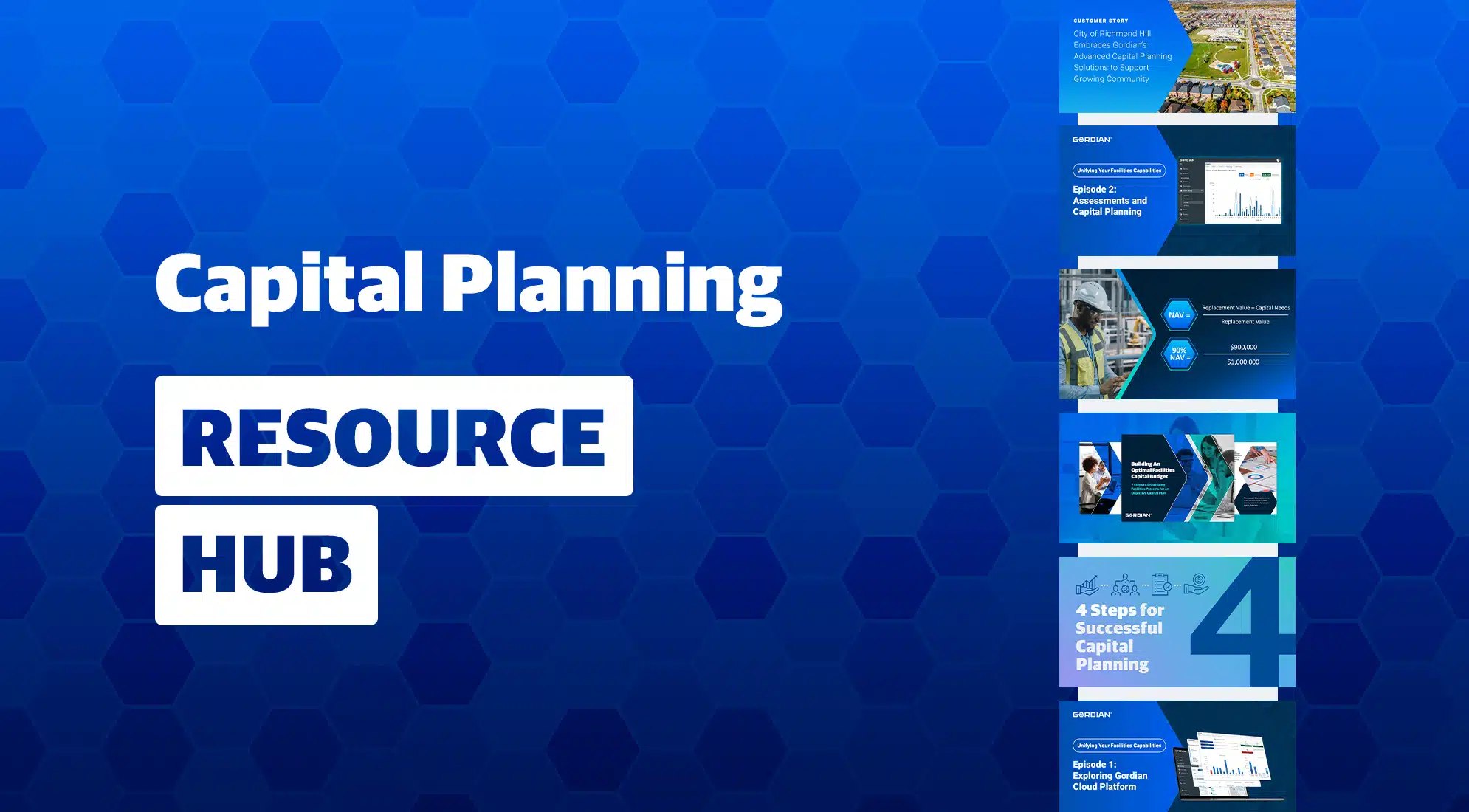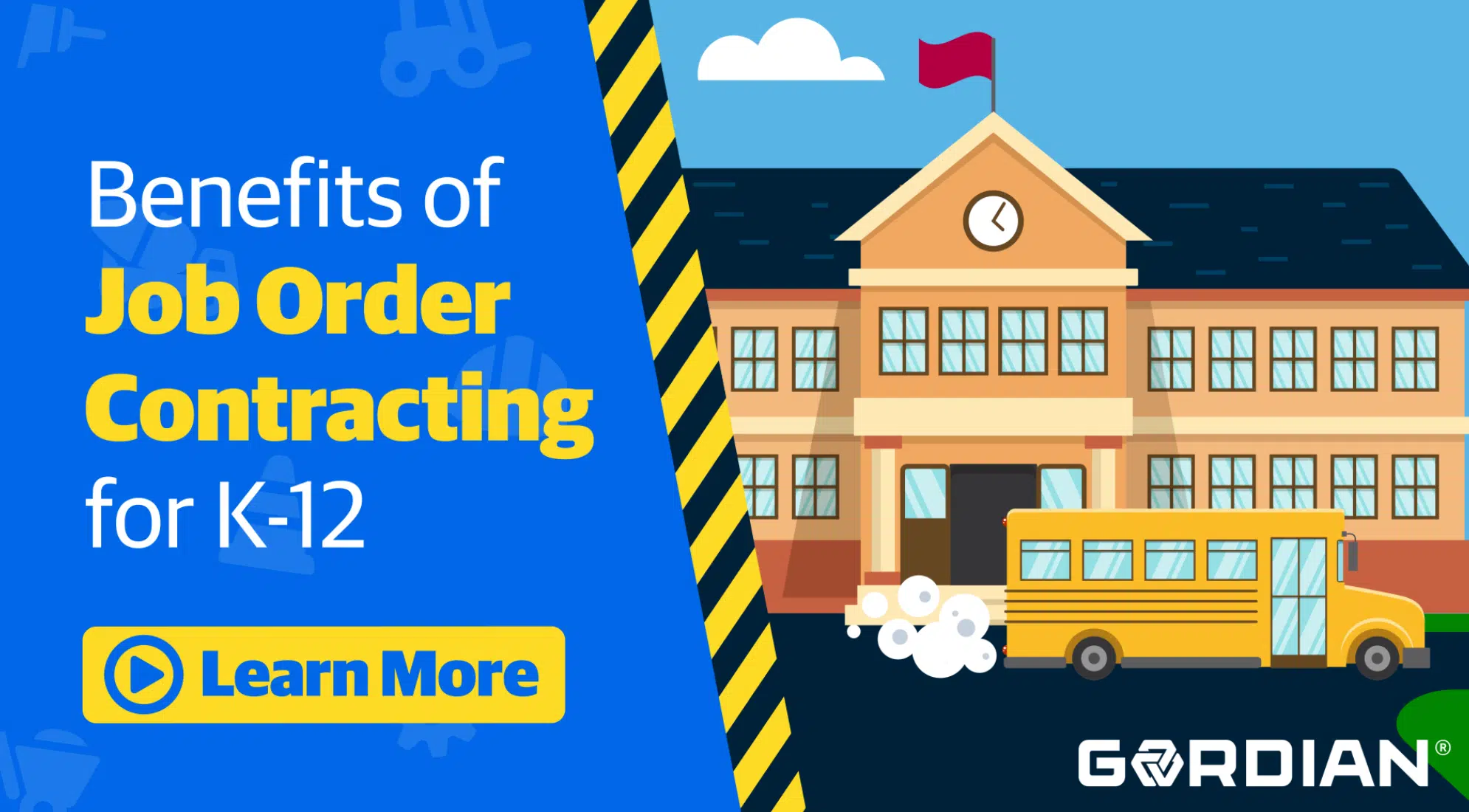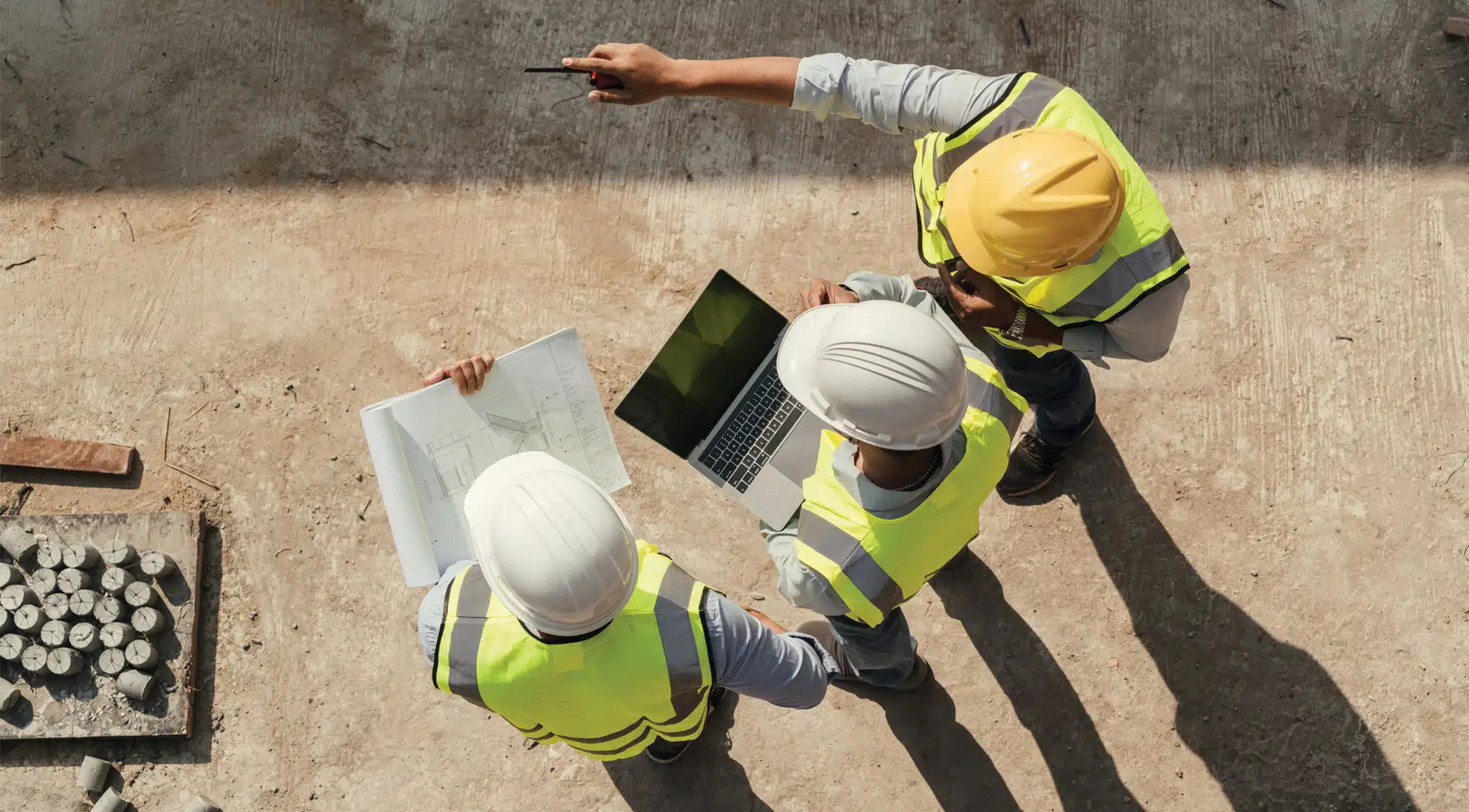Key Points:
- Travel Infrastructure Grades Remain Stagnant: According to the 2025 ASCE Report Card, key travel infrastructure sectors like aviation and bridges maintained their previous grades (D+ for aviation, C for bridges), indicating limited progress. Despite increased funding from the Infrastructure Investment and Jobs Act (IIJA), systemic issues like aging assets and capacity constraints persist.
- Capacity and Funding Gaps Are Critical Challenges: Aviation infrastructure faces a projected $114 billion funding gap over the next decade, with 11 major airports expected to be capacity-constrained by 2028. Similarly, while bridge conditions have slightly improved, the average bridge is nearing the end of its 50-year lifespan, highlighting the need for sustained investment.
- Strategic Investment Is Essential for Resilience: The blog emphasizes the importance of proactive maintenance and smart capital planning to extend asset life and reduce long-term costs. Tools like Gordian’s data-driven solutions help prioritize infrastructure projects, ensuring that limited funds are used effectively to enhance safety, efficiency, and traveler experience.
2025 ASCE Report Card: Travel Infrastructure
Published every four years by the American Society of Civil Engineers (ASCE), the Report Card for America’s Infrastructure assigns letter grades to over a dozen categories of U.S. infrastructure, from aviation to wastewater. The ASCE released its latest report card in March of 2025, along with new analysis and suggestions for improving infrastructure assets and, by extension, communities.
We grouped the grades into related categories to recap the ASCE’s most recent findings, compare grades with the previous report card, and add our own insights and analysis. In this post, we look specifically at travel infrastructure.
Infrastructure Sector 1: Aviation
2025 Grade: D+
2021 Grade: D+
The ASCE’s aviation analysis focuses solely on airports, not airlines, their respective employees or their respective fleets. Thus, this grade is for tarmacs, terminals and other on-the-ground infrastructure – not for anything that happens after wheels up.
The last Report Card for America’s Infrastructure was released hot on the heels of the COVID-19 pandemic, when the air travel industry was struggling. According to the 2025 report card, the industry has bounced back, with 819.5 million people flying in 2023, up over 8 million since the end of the pandemic. Additionally, the Infrastructure Investment and Jobs Act (IIJA) provided America’s 13,000+ airports with $25 billion in much-needed funding. That’s the good news. The bad news is that the projected 10-year funding gap has ballooned from $111 billion to $114 billion since the 2021 Report Card. Included in that number is $68 billion in capital development projects the FAA estimates will be necessary by 2029. The consistency of the ASCE’s grade reflects this mixed bag of circumstances. Aviation infrastructure isn’t better today than it was in 2021, nor is it any worse.
As in 2021, the 2025 Infrastructure Report Card identifies capacity as aviation’s greatest area of need. The FAA echoes this sentiment, reporting that by 2028, eleven airports will be capacity constrained, meaning they will exceed 80% of their hourly runway capacity at least 50% of the time. Among these eleven airports are Chicago O’Hare, Laguardia, LAX and Washington D.C.’s Reagan National. Without smart investments in capacity-expanding projects, congestion will intensify, taxing both airport infrastructure and traveler patience.
Infrastructure Sector 2: Bridges
2025 Grade: C
2021 Grade: C
The grade for U.S. bridges also held firm from one ASCE Report Card to the next, and for largely the same reasons as aviation infrastructure. While the average bridge age continues toward its useful life span of fifty years, the percentage of bridges in poor condition fell from 12% in 2011 to 7.5% in 2021 to 6.8% in 2025. Improvements are underway, thanks in part to $40 billion in investments to bridge programs from the IIJA.
Still, ASCE projects an additional cost of $373 billion over the next ten years to bring the country’s 623,000 bridges into a state of good repair. Staggering as it is, this task is further complicated by the fact that over 22,000 bridges are susceptible to storms and other extreme weather events.
Infrastructure Sector 3: Ports
2025 Grade: B
2021 Grade: B-
For the second straight Report Card for America’s Infrastructure, seaports earn high marks. Out of sight for most Americans, ports are vital to a functioning national economy, supporting 21.8 million jobs and $2.89 trillion of the Gross Domestic Product (GDP).
Ports have received significant investment from the federal government over the last few years, including $17 billion from the IIJA, from which $450 million per year is allocated for the Port Infrastructure Development Program (PIDP), effectively doubling the previous investment in PIDP. While ports are facing $38 billion in needs between now and 2033, the Department of Transportation (DOT), the U.S. Army Corps of Engineers (USACE), and the Environmental Protection Agency (EPA) have announced more than 1,060 port and waterways projects, which should help shore up these important assets.
See all of Gordian’s tailored solutions for ports, rail and other transit infrastructure.
Infrastructure Sector 4: Rail
2025 Grade: B-
2021 Grade: B
ASCE’s grade for rail slipped somewhat in the past five years, largely due to increasing passenger and freight traffic. Amtrak reported a 6 million passenger increase from 2022 to 2023, a 25% spike, and cargo shipments via rail have been climbing for over twenty years. Today, 1.5 billion tons of goods are shipped via rail every year.
Rail is an industry that invests heavily in itself. U.S. freight rail companies consistently spend around 18% of revenue on capital expenditures, and short-line rail companies invest 25% of revenue on maintenance and operations. Add to that $66 billion from the IIJA between 2022 and 2026, and you have a recipe for a higher grade in the next Report Card for America’s Infrastructure. This is especially true as the ASCE projects that every dollar spent on upgrades saves four dollars that would have been spent on addressing failures.
Infrastructure Sector 5: Transit
2025 Grade: D
2021 Grade: D-
Public transit is still reeling from the pandemic, when ridership fell by 80%. Ridership has rebounded some, but is still only 70-75% of what it was pre-pandemic. This is a major problem for a system that depends on revenue bankrolling reinvestment. American transit received $108 billion from the IIJA to address deferred maintenance and begin long-delayed capital projects. However, the ASCE projects a ten-year funding gap of $152 billion, and the industry’s troubles don’t end there. 38% of transit workers are older than 55, signaling a staffing crisis on the near horizon.
Download this free report for insights into how partnering with private industries can help the public sector improve their facilities planning and management efforts.
Recommendations for Improving Travel Infrastructure
The ASCE Report Card for America’s Infrastructure includes recommendations for improving the critical assets that move the American public and the economy. Here are a few highlights:
Increase funding. While the IIJA certainly helped narrow travel infrastructure funding gaps, it did not close them. Government entities need to find a way to bankroll necessary improvements. That might mean appropriating funds over several years, increasing user fees, partnering with private industry or making significant one-time investments.
Enhance capacity. A common challenge across the travel sector is meeting capacity needs. It’s true for airports, seaports, bridges and beyond. Creating more capacity could decrease delays and allow for freer movement of people and goods. Of course, any discussion of capacity enhancement will have to be weighed against the costs of construction, which, as of this publication, are likely to spike after tariffs levied on steel, lumber and other materials.
Implement asset management best practices. Preventing infrastructure from future disrepair is the ideal scenario. Realizing this ideal requires engaging in regular strategic planning efforts to optimize these physical assets. Gordian can help with a range of condition assessment options and capital planning tools that empower organizations to identify needs and risks and prioritize required projects.
Further, Gordian’s Job Order Contracting (JOC) is a powerful tool for completing identified work. An indefinite delivery, indefinite quantity (IDIQ) construction procurement method, JOC enables organizations to complete more work in less time, and projects are priced with verified, preset construction costs that help them make the most of their budgets. Plus, Gordian has a long history of working with contractors to minimize disruption to everyday operations.
More Infrastructure Insights to Come
Believe it or not, we’ve only covered a fraction of the categories from ASCE’s Infrastructure Report Card. We’ll be back with a look at grades for energy, dams, broadband and more.







